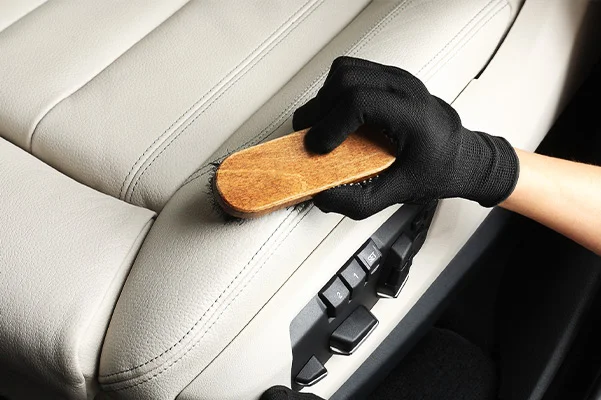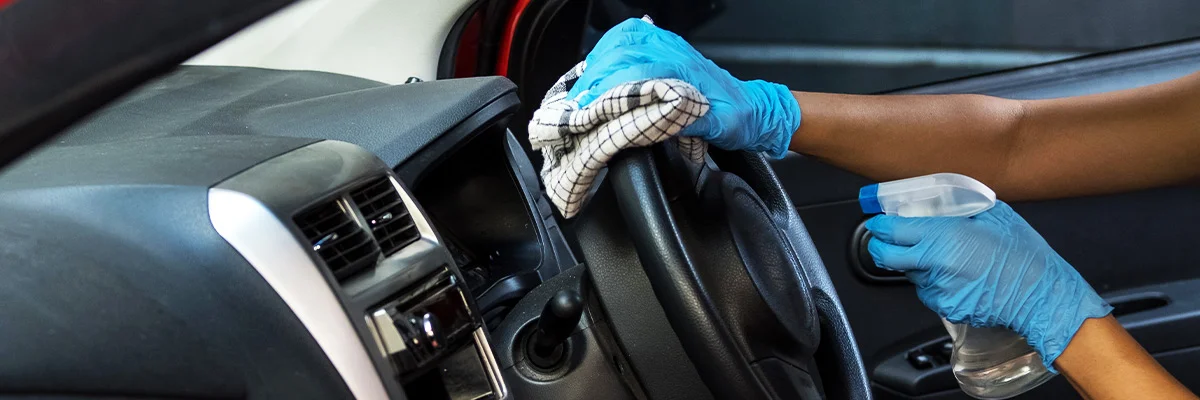Inventory
New
Pre-Owned
Certified
Tools
Services
Financing
Specials
Contact
- Contact Us
- Careers
Hablamos Español
Hours
Sales
Mon - Sat
9:00am - 8:00pm
Sun
10:00am - 6:00pm
Service
Mon - Fri
7:00am - 5:30pm
Sat
7:00am - 4:00pm
Sun
Closed
Parts
Mon - Fri
7:00am - 5:30pm
Sat
7:00am - 4:00pm
Sun
Closed





